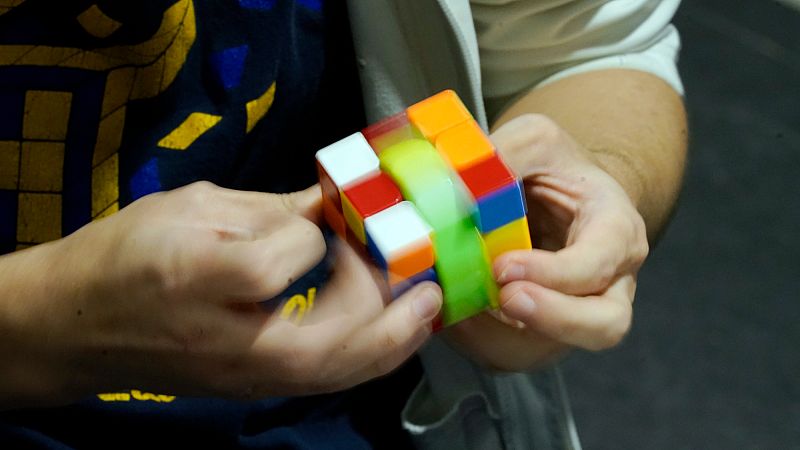
There may be no easy cheat code for solving a Rubik’s Cube, but one UK company gave it a shot — not with complex algorithms, but with legal arguments.
Their move? Try to trademark the classic puzzle's design invented in 1974 by Hungarian architect Ernő Rubik and lock down some exclusive rights - and maybe a few million euros - along the way.
But the EU General Court wasn’t having it.
In a decision handed down on Wednesday, the court declared that the puzzle toy's unmistakable design, with its rainbow-coloured, twisty-turny cube, can’t be trademarked.
The reason is simpler than solving the puzzle itself: Because every aspect of it, including its cube shape, grid structure, and colour differentiation, serves the general purpose of the game.
The story began when Verdes Innovations SA challenged trademarks registered by the Rubik’s Cube’s then-owner (now Spin Master Toys UK) between 2008 and 2012.
Verdes argued that the design wasn’t just iconic, it was functional too.
The EU’s Intellectual Property Office (EUIPO) agreed, deciding in 2017 that the cube’s essential features, like shape and colours, were all necessary for its gameplay.
Under EU trademark law, companies can’t slap a trademark on a design if its features are there purely to make the product work.
And that’s exactly what the court concluded here: the cube’s features are doing too much heavy lifting to be considered decorative or distinctive.
Spin Master tried to defend its claim, saying the cube had non-functional flair — but the judges weren’t convinced.
In a definitive ruling, the Luxembourg-based EU judges confirmed that the cube’s shape and six-colour scheme aren’t just iconic, they’re essential for play, hence upholding the EUIPO’s decision to annul several EU trademarks related to the puzzle toy.
The Court concluded that all essential elements of the design contribute to the product’s function, thereby disqualifying it from trade mark protection under EU law.
And with that, the Rubik’s Cube remains a public brain-teasing treasure: untrademarked and still untamed by intellectual property experts.







